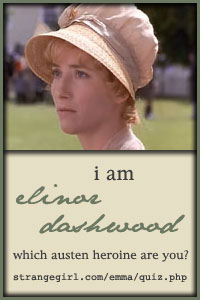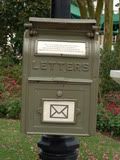 To commemorate the unleavened bread that the Israelites ate when they left Egypt, Jews are not allowed to eat or have any "chametz" (leavened grain—any food or drink that contains even a trace of wheat, barley, rye, oats, spelt or their derivatives and wasn't guarded from leavening or fermentation) from midday of the day before Passover until the conclusion of the holiday. This includes bread, cake, cookies, cereal, pasta, and most alcoholic beverages. Almost any processed food or drink can be assumed to be chametz unless it has been certified otherwise.
To commemorate the unleavened bread that the Israelites ate when they left Egypt, Jews are not allowed to eat or have any "chametz" (leavened grain—any food or drink that contains even a trace of wheat, barley, rye, oats, spelt or their derivatives and wasn't guarded from leavening or fermentation) from midday of the day before Passover until the conclusion of the holiday. This includes bread, cake, cookies, cereal, pasta, and most alcoholic beverages. Almost any processed food or drink can be assumed to be chametz unless it has been certified otherwise.In leiu of chametz, matzah— flat unleavened bread is eaten. It is a mitzvah (command) to partake of matzah on the two Seder nights, but during the rest of the holiday it is optional. Matzah symbolizes faith. In contrast to leavened bread, Matzah is not enriched with oil, honey, or other substances. It consists only of flour and water, and is not allowed to rise. Similarly, the only "ingredients" for faith are humility and submission to GOD, which come from recognizing our "nothingness" when compared with the infinite wisdom of the Creator.
*Information gathered from Chabad Lubavitch














No comments:
Post a Comment